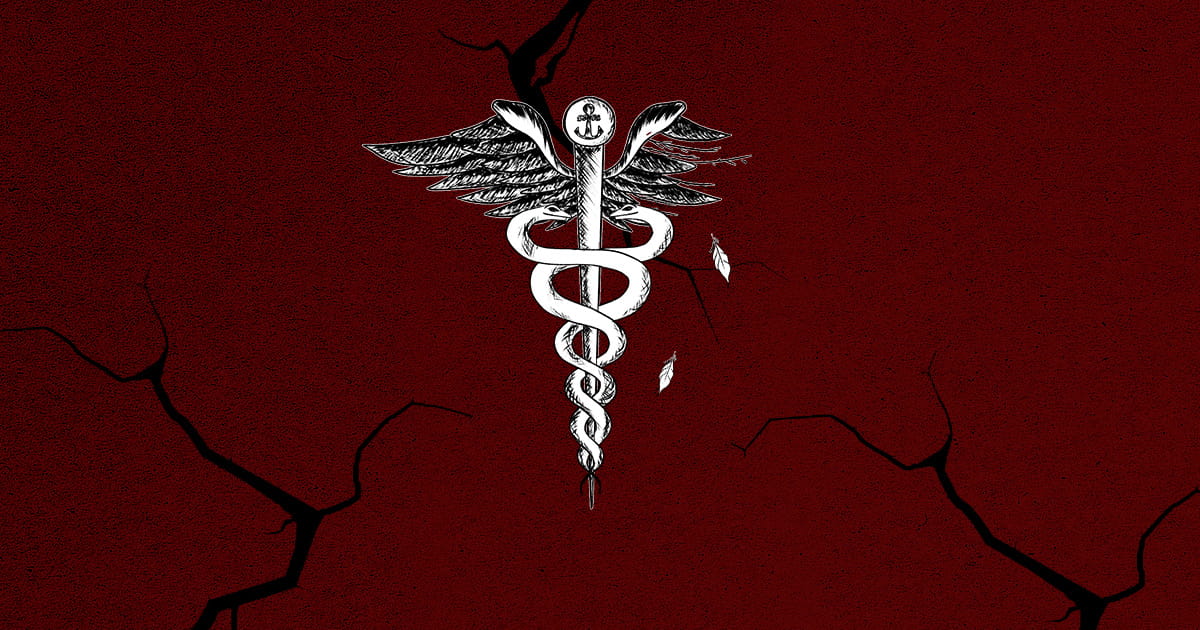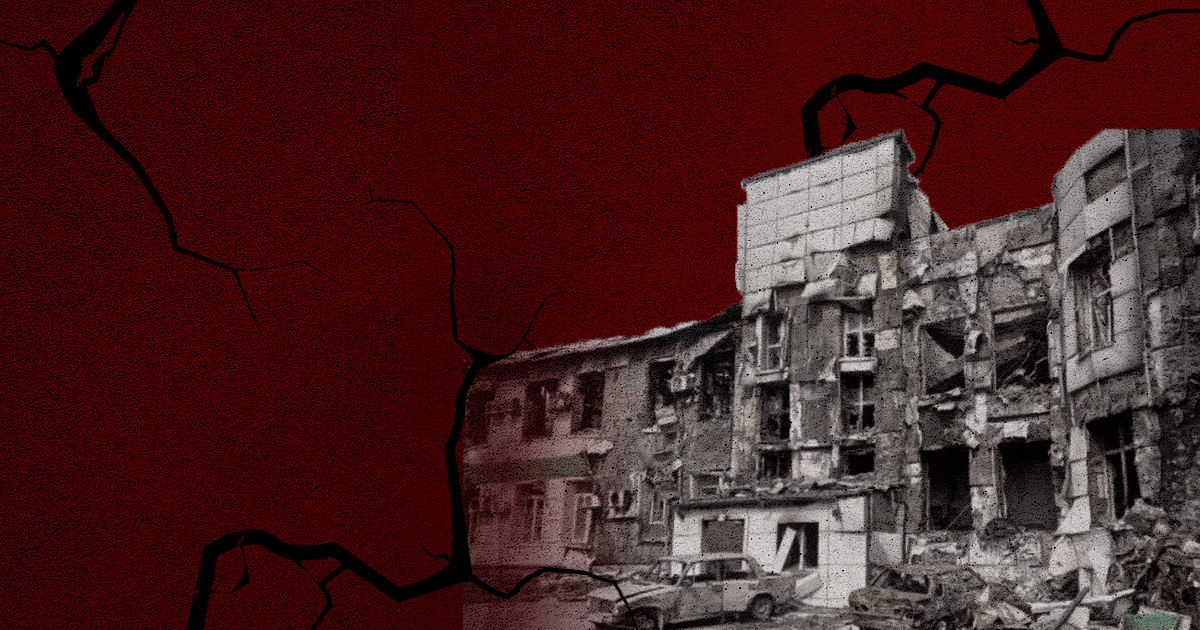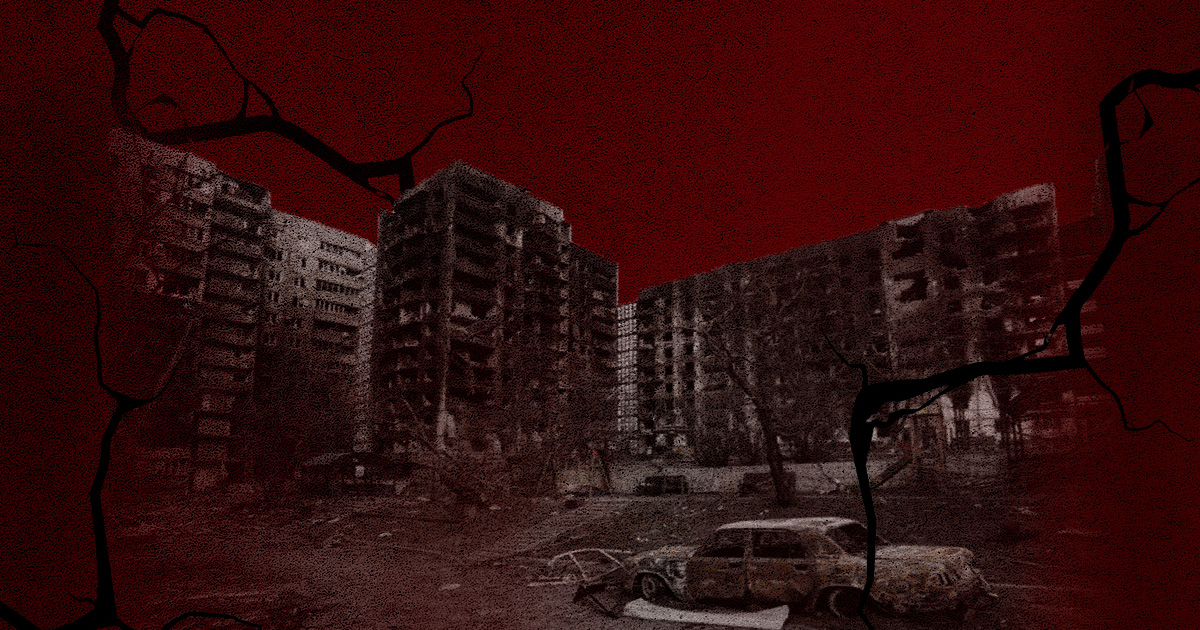How Russia destroyed the healthcare sector in Mariupol: report by the Ukrainian Healthcare Center (UHC)

Recently, the Ukrainian Healthcare Center (UHC) presented a report assessing the damage caused by the Russian army to the medical infrastructure of Mariupol. This report covers the period from February 24, 2022, to May 20, 2022, i.e. from the beginning of the full-scale Russian invasion to the withdrawal of the Ukrainian military from the Azovstal plant.
The authors of the report note that during this period, the Russians destroyed or damaged more than two-thirds of primary care outpatient clinics, almost all multidisciplinary hospitals, children's institutions and maternity hospitals, as well as two buildings of a psychiatric hospital. In some areas of the city, the destruction of medical infrastructure is 90%.
In total, according to the Ukrainian Health Center (UHC), almost 8 out of 10 places where medical care was provided to the community of Mariupol and the southern part of the Donetsk region have been destroyed.
Among the crimes committed by Russians against health care in Mariupol were targeted attacks on hospitals similar to those in Syria, massive, indiscriminate shelling, seizures, equipment theft, and staff coercion.
Read more about the Russian crimes documented by the Ukrainian Health Care Center (UHC) in the article of the online media Svidomi.
Medical infrastructure before the war and the extent of destruction
Before Russia's full-scale invasion of Ukraine, Mariupol had an extensive network of medical care facilities. It included primary care centres, multidisciplinary city and regional hospitals, the city's territorial medical Centre for Child and Woman's Health, a maternity hospital, a perinatal centre, and a separate psychiatric hospital. In addition, the medical infrastructure included seven private institutions.
Currently, 80% of the city's medical infrastructure has been destroyed. The report's authors document direct evidence of destruction in 40 cases and proof of a high probability of destruction in 42 cases. The infrastructure of the Central (84%) and Left Bank (93%) districts of the city suffered the most from the actions of the Russian army, as this is where the Russians conducted offensive operations.

The authors conclude that most of the destruction of Mariupol's medical infrastructure occurred due to massive, indiscriminate shelling of the city in March-April 2022. These attacks rendered entire districts uninhabitable, and residents lost the opportunity to receive medical care.
Targeted and indiscriminate attacks on medical facilities
The report presents evidence of targeted attacks on medical facilities. In particular, the Russians attacked the Centre for Child and Woman's Health.
Russian troops deliberately used the tactic of large-scale indiscriminate bombing, which caused significant damage to civilian infrastructure. These attacks, like targeted attacks, are prohibited under international humanitarian law and are intended to spread terror among the civilian population rather than reduce the military power of the armed forces of another state.
Attack on Mariupol City Hospital No. 1
Before the war, this hospital was one of the oldest medical institutions in Mariupol. During the full-scale war, the hospital continued to provide medical care during the March blockade and served as a shelter.
At the end of March 2022, Russian troops forcibly removed medical staff, patients, and civilians hiding from shelling in the hospital. Later, at least two hospital buildings were destroyed by satellite.
According to the city council, in April, "Russian troops dropped several high-powered bombs on the children's hospital and destroyed one of the buildings of the city hospital."
The bombing of the Center for Child and Woman's Health
On March 9, Russian troops conducted an air strike on the children's diagnostic department and maternity hospital. The bombs hit the courtyard of the U-shaped buildings, causing significant damage to the facilities. As a result, 17 people were injured, and five died, including a woman in labour with a child.
Before the full-scale war, the Centre for Child and Woman's Health was both a maternity hospital and a women's clinic and also served as a children's hospital.
Shelling of the Red Cross warehouse
The Russians shelled the International Red Cross warehouse in Mariupol at least twice, between March 19 — 22 and March 23 — 26, 2022. The building was labelled as a medical facility. The Ukrainian Centre for Public Health team has satellite images showing that the warehouse was hit by a series of artillery and/or air strikes. However, it is impossible to assess the damage as the ICRC team has no access to the facility.
Deportation of medical workers
Russian troops have repeatedly resorted to the forced deportation of medical staff and patients from medical institutions, mainly to the territory of Russia.

In particular, the Russians seized the Regional Intensive Care Hospital, took the medical staff hostage, and took employees and patients (more than 70 people) from the City Maternity Hospital No. 2 and the Matsuk Mariupol City Hospital No. 4 to the temporarily occupied territories. So far, there are 40,000 cases of forced deportation of people.
The Russians also removed medical equipment and medicines from Mariupol, including some surviving lung ventilators.
Shortage of medicines and lack of access to humanitarian organisations
Currently, Mariupol is facing an acute medication shortage and an inability to provide specialised care due to a lack of equipment.
International humanitarian organisations have no access to Mariupol or information about the health of the city's residents. Médecins Sans Frontières has repeatedly declared a humanitarian catastrophe and the inability to organise any assistance to the city's residents. Only in the summer of 2022, during the occupation of Mariupol, did the organisation receive limited access to the city to deliver humanitarian aid.
In addition, in the summer, Mariupol city authorities reported that the city was on the verge of cholera and dysentery outbreaks.
The city hardly has primary health care, general hospitals, children's hospitals, maternity hospitals, or psychiatric facilities left. Moreover, the facilities that were not destroyed suffered from other war crimes, such as the seizure and use for military purposes, forced deportation of staff, and equipment theft.


